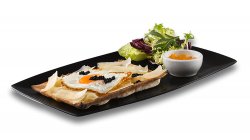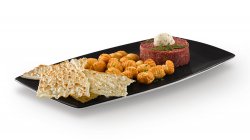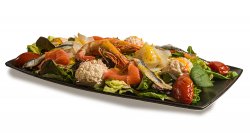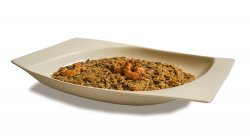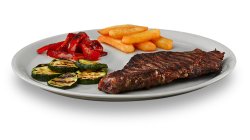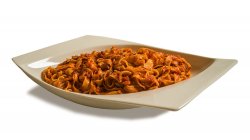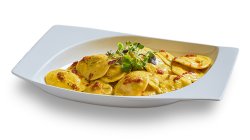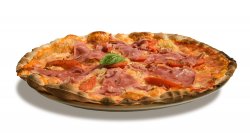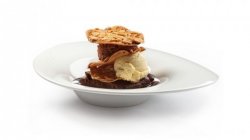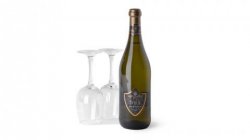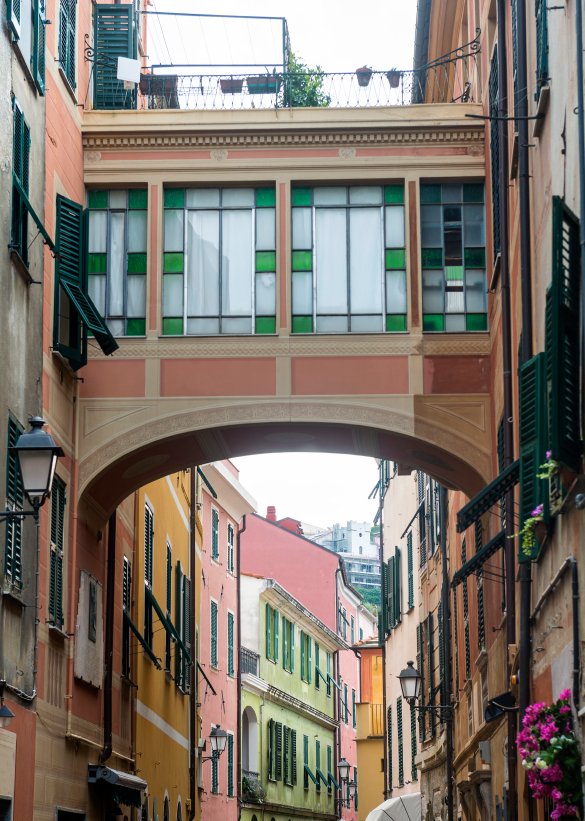
Imperia and Savona - Tale of Two Cities
The stunning landscape of Imperia and Savona appears before us. Imperia boasts the famous "Riviera dei Fiori", where flowers blanket the valleys and mountains in springtime. The views in Savona are no less impressive with its charming coastal villages, valleys, forests and pristine beaches.
Imperia has two distinctive cultural features. The city of Imperia, capital of the province, was formed from the unification of two historically warring cities, Oneglia and Porto Maurizio. The two personalities can be clearly distinguished as you walk through its streets. The River Imperia, which lends its name to the new city, separates two distinct areas: Porto Maurizio, the older city with an extensive Medieval center, and Oneglia, much more modern. The region of Savona was ravaged by wars, looting and invasions throughout its history. Carthaginians, Romans, Lombards, Goths and Byzantines invaded its rich lands over the centuries. Finally, in 1528, Savona became part of the Genoese Empire, its historical enemy. Even today, there still is an anti-Genoese sentiment.
Imperia and Savona's rich cuisine would not have been possible without its large ports. Imperia's cuisine is highly diverse, owing to the historical division of the province and the influence of Arab and French cultures. Savona's cuisine is a blend of seafood and land-based produce. Both regions rely heavily on aromatic herbs, vegetables and, naturally, excellent local olive oil.
Imperia is famous for its pasta, wines (Vermentino, Pigato, Rossese...), Vessalico garlic, highly valued for its unique pink color, honey from Val Roja Valley, highly prized for its blend of aromas, and the famous Taggiasca olives, a key ingredient in local dishes. Savona is well-known for its apricots, artichokes, zucchinis, mushrooms, chestnuts, white wine (Lumassina, Buzzetto, Granaccia...),violet asparagus from Albenga, "Cicciarelli" of Noli, "cuore di bue" tomatoes and "Chinotto" oranges, originally brought from China by traders in the 15th century and used to make liquor, soft drinks, candied fruit, jam and mustard. Both regions have their own local sauce. Imperia boasts "ajé", made from Vessalico garlic, egg and olive oil, very similar to Spanish alioli. In Savona, pasta is served with "sugo de carciofi", an artichoke sauce very popular in the area.
Ligurian focaccia and pesto are two of its most well-known recipes. Imperia's version has the distinctive flavor of local olive oil. Breads are traditionally prepared at night. The dough is left to rise until the following morning, when it is baked in the oven and ready to take away. Many seafarers would buy the bread before setting off on a journey; hence the wide variety of breads. Since this is not a cereal-grain producing area, many breads are made from "farinate" (chickpea flour) or "ciappe” (broad bean flour). They all have in common a generous sprinkling of olive oil. Triora bread is another local variety, made from a blend of tender wheat flour and protein-rich, gluten-free buckwheat flour. This richly-textured bread is served with sheep curd or goat cheese. Local cheeses are also popular: The "sola" or "sora" is a famous cured goat cheese. The famous "pecorino" is a hard goat cheese made in the Arroscia Valley and a key ingredient of pesto. A curd-like sheep cheese called "brùsso" is also made in this valley. "Brùsso" is eaten fresh with olive oil and as "torta di brùsso", similar to a cheesecake. The "Toma di Mendatica" is a cow and sheep cheese used to make a popular potato cake called "frandurà”.
Let’s finish with something sweet like "sciumette", egg whites beaten with sugar and cooked in boiling milk or "amaretto di Gavenola", small, round honey and almond cookies. We cannot think of a better snack for a winter evening. In the case of Savona, we recommend "torta di nocciole" made with nuts and honey, and "frittelle di San Giuseppe", a sort of filled donut made for Father's Day, which as in Spain, is celebrated on St. Joseph's Day. Having sampled the confectionery, we set off for the last province in this region: La Spezia.
43.941866, 7.8286368
Imperia
Imperia is the result of merging two ancient cities: Porto Maurizio and Oneglia, separated by the River Imperio (empire in Italian), which lends its name to the city. The city is well-known for the strong presence of fruit companies with a busy tourist trade, especially in the summer. This industry generates substantial revenue for the city.
City: 40.440 hab.
Surface area: 45,26 kmª
In our menu
Categories
